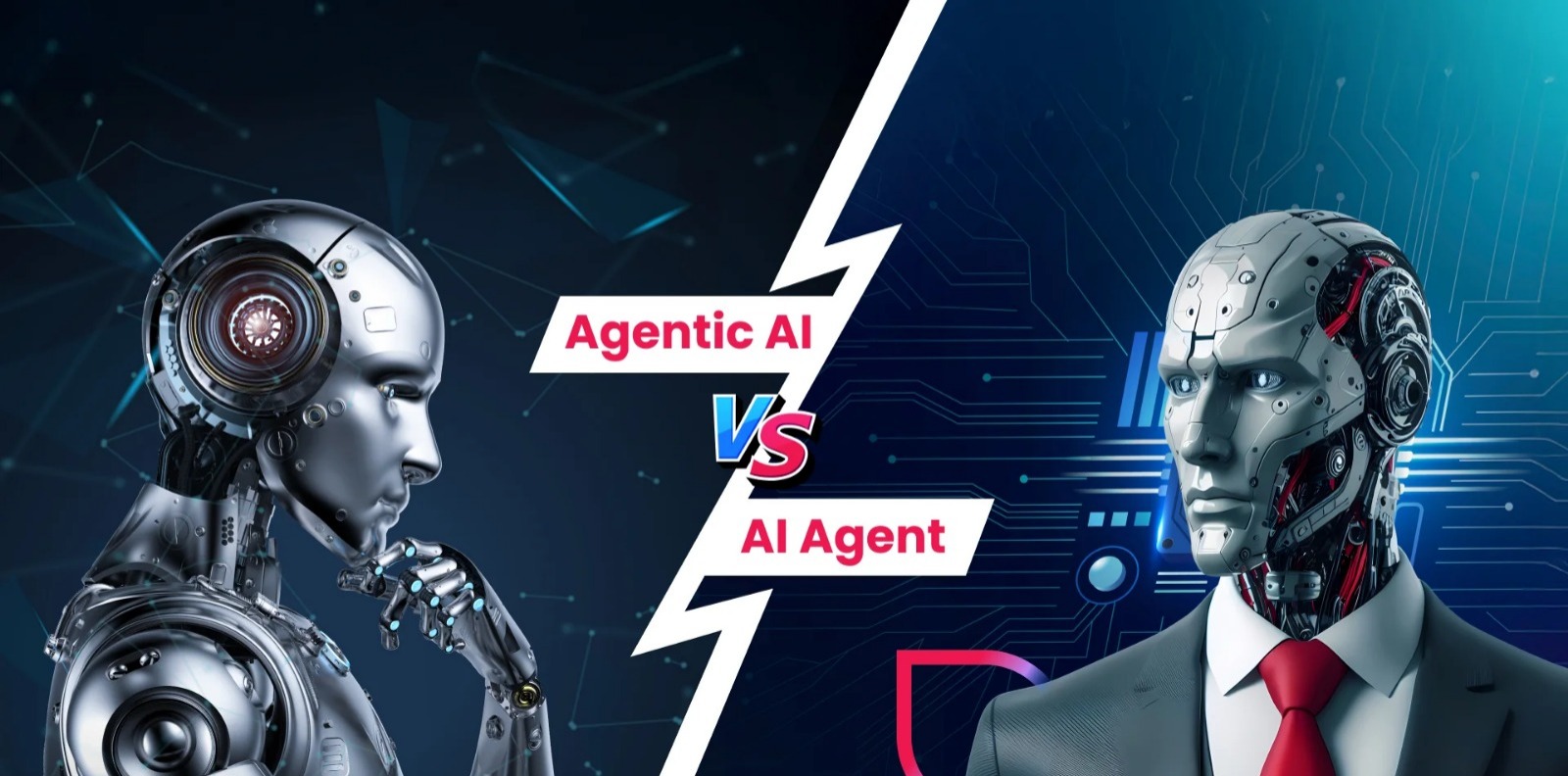From Prompts to Possibilities
Generative AI is a type of artificial intelligence that creates original content—like text, images, videos, audio, or even code—based on a user’s prompt. It works using advanced machine learning, especially deep learning models, which mimic how the human brain learns and makes decisions. In many cases, it also integrates with tools like robotic process automation (RPA) to streamline tasks and enhance productivity.
Generative AI is great at creating content—whether it's writing an article, generating an image, composing a melody, or even spitting out lines of code. It does this by recognizing patterns and relationships in massive datasets, then using that “knowledge” to respond to your questions or prompts in real-time. Think of it as a really smart, creative assistant—you ask, it delivers.
Agentic AI, on the other hand, is more like an autonomous problem-solver. It doesn’t just wait for instructions; it actively makes decisions, sets goals, and takes action—even with minimal human supervision. This type of AI blends the flexibility of large language models (LLMs) with the precision of traditional programming. It's powered by technologies like natural language processing (NLP), machine learning, reinforcement learning, and knowledge representation.
The biggest difference? Generative AI reacts. Agentic AI acts.
Agentic AI understands context, adapts to new situations, and works independently toward a goal—whether that’s running a robot, analyzing complex data, or managing tasks like a digital project manager. It's built not just to follow commands, but to figure out what needs to be done and how to do it.
Understanding the Features That Set Them Apart
1. Content Creation:
Generative AI shines when it comes to producing original content. Whether it's crafting essays, answering complex questions, or writing code, these models—like OpenAI’s ChatGPT—can generate meaningful, coherent output based on user prompts. For developers, Gen AI tools can speed up software development, help with debugging, and make coding more accessible to all skill levels.
2. Data Analysis:
Beyond content, generative AI can analyze massive datasets to uncover patterns, trends, and insights. This capability is particularly useful in complex workflows like supply chain management, where it helps optimize processes and enhance the customer experience.
3. Adaptability:
Generative AI isn’t static—it responds and evolves based on user feedback. The more specific and refined the input, the more tailored and accurate the output becomes. This adaptability allows users to guide the AI in real-time, improving results through iterative feedback.
4. Personalization:
One of the standout features of Gen AI is its ability to personalize. From product suggestions to tailored content, it can deliver hyper-personalized experiences based on individual user preferences. This is especially transformative in industries like retail, where customer behavior and preferences are key to engagement and loyalty.
Key Features of Agentic AI
1. Decision-Making:
Agentic AI systems are built to make decisions independently. With predefined goals and plans, these systems can assess a situation and choose the best course of action—often with little or no human input. This makes them ideal for use cases where quick, context-aware decision-making is essential.
2. Problem-Solving:
At the heart of agentic AI is a four-step loop: Perceive, Reason, Act, and Learn. It starts by gathering and interpreting data from its environment. The large language model (LLM) then orchestrates a response by analyzing the context, taking action, and learning from the results. This feedback-driven cycle allows agentic AI to improve continuously over time.
3. Autonomy:
Autonomous behavior is what truly sets agentic AI apart. It can operate independently, learn from experience, and perform complex tasks without constant human oversight. For businesses, this opens up new opportunities to automate decision-heavy workflows and reduce manual effort.
4. Interactivity:
Agentic AI doesn’t just act—it interacts. These systems proactively engage with their environment, collect new data, and adapt in real time. A great example is autonomous vehicles, which continuously process sensor data to make split-second, safety-critical decisions.
5. Planning:
Unlike reactive systems, agentic AI can handle long-term, multi-step goals. It creates structured plans, adapts to changes along the way, and executes strategies to reach a desired outcome—making it perfect for scenarios that require sustained, goal-oriented behavior.
The Mastermind and Its Team Players
Agentic AI is the broader framework, designed to solve problems and make decisions with limited human supervision.
AI agents are individual components within this framework, each handling specific tasks or processes with some level of autonomy.
While agentic AI focuses on achieving overall goals or visions, AI agents work on individual assignments that contribute to these larger objectives.
This model is reshaping how humans interact with AI by enabling systems to understand user goals and independently find solutions.
Example: In a smart home, agentic AI oversees and manages overall energy consumption.
It coordinates multiple AI agents like smart thermostats, lighting systems, and appliances.
Each AI agent has its own goals but collaborates within the agentic AI framework to meet the homeowner’s energy efficiency targets.
Use Cases for Agentic AI and Generative AI: Where They Shine Today and Tomorrow
While generative AI has already found a firm place in many industries, agentic AI is still carving its path, with promising applications emerging in areas like customer service, healthcare, security, workflow management, and financial risk control.
Generative AI Use Cases
1. Content Creation for SEO
Businesses are leveraging generative AI to quickly produce SEO-friendly content—everything from blog posts to landing pages. For example, a digital marketing agency might use AI-powered tools to craft high-quality, keyword-rich articles that boost their clients' rankings on search engines, driving more organic traffic with less effort.
2. Marketing and Sales Optimization
Sales teams often spend too much time on admin tasks instead of focusing on leads. Generative AI steps in as a powerful assistant—chatbots and virtual helpers can handle lead generation outreach, answer basic queries, and streamline routine processes, freeing up human salespeople to do what they do best: close deals.
3. Product Design and Development
Generative AI accelerates innovation by analyzing market trends, user preferences, and consumer feedback to generate fresh product ideas or design concepts. Imagine a fashion brand using AI to create new clothing lines inspired by customer input and real-time market analysis—speeding up the product cycle and staying ahead of trends.
4. Customer Support Automation
Many companies use generative AI-powered chatbots to handle common customer queries instantly—whether it’s tracking orders, processing refunds, or answering shipping questions. This improves response times and frees human agents to tackle more complex issues, making the customer experience smoother and more efficient.
Real-World Use Cases of Agentic AI
1. Customer Service That Thinks Ahead
Traditional chatbots often hit a wall when conversations go off-script.
Agentic AI, powered by autonomous agents, understands customer intent and emotions, and resolves issues more naturally.
It can automate repetitive tasks like gathering and organizing customer data, freeing up human agents to focus on complex support and building relationships.
Result: Better customer satisfaction, improved retention, and stronger loyalty.
2. Smarter Healthcare Solutions
Agentic AI goes beyond diagnostics—it plays a proactive role in patient monitoring and care.
For example, Propeller Health’s smart inhalers use agentic AI to collect real-time data on medication usage and air quality, alerting doctors if intervention is needed.
It helps automate administrative workflows and ensures patient data security, which is critical in the healthcare industry.
3. Automated Workflow Management in Logistics
Agentic AI can autonomously manage internal operations, such as supply reordering, shipment tracking, or resource allocation.
A logistics company, for instance, might use it to dynamically adjust delivery routes and schedules based on real-time traffic and priority changes.
Outcome: Less manual input, faster decisions, and higher efficiency—especially useful in fast-paced industries.
4. Financial Risk & Portfolio Management
Financial firms need fast, smart, and accurate decisions. Agentic AI can analyze market data in real time and adjust strategies without waiting on human approval.
For example, a fintech platform could use it to rebalance investment portfolios automatically during economic shifts or political changes.
It helps minimize risk while maximizing return—a game-changer for client trust and institutional performance.
Emerging Trends in Agentic AI
1. Rise of AI Autonomy in Workflows
Agentic AI is starting to take the wheel in decision-making—handling multi-step tasks and adapting as conditions change.
Industries like logistics, customer support, and finance are experimenting with fully autonomous agents.
2. Human-AI Collaboration Models
Instead of replacing humans, agentic AI is being used to collaborate with teams.
Think of it as an intelligent teammate that can plan, act, and learn—freeing up humans for strategic tasks.
From smart factories to trading platforms, agentic AI is being developed to react in real-time.
It analyzes incoming data, reasons through options, and acts immediately—without waiting for human input.
4. Multi-Agent Ecosystems
We're seeing early developments of multi-agent systems where different AI agents coordinate to achieve shared goals.
This is particularly useful in smart homes, autonomous vehicles, and large enterprise environments.
Conclusion
As we step deeper into the automation era, the shift from generative AI to agentic AI marks a powerful evolution. Generative AI has already proven its value as a creative assistant—reacting to prompts, generating content, and supporting human ideas with speed and scale. But the rise of agentic AI is transforming the game entirely.
Agentic AI doesn’t wait—it thinks, plans, and acts. It turns AI from a tool into a teammate, from a responder into a decision-maker. By combining autonomy, adaptability, and strategic thinking, agentic AI unlocks smarter automation, seamless operations, and deeper collaboration between humans and machines.
The future isn’t about replacing human intelligence but enhancing it. With generative AI laying the foundation and agentic AI pushing the frontier, businesses are entering a new age—where possibilities are no longer limited by commands but driven by goals.
For more information contact : support@mindnotix.in
Mindnotix Software Development Company


 AI-Taxi App
AI-Taxi App AI-Food App
AI-Food App AI-Property Mgmt App
AI-Property Mgmt App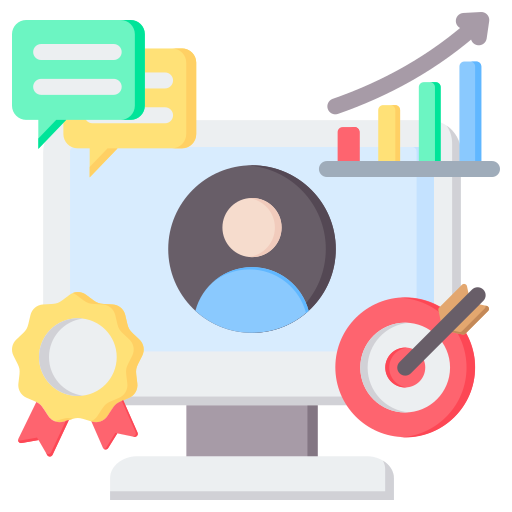 AI-CRM
AI-CRM AI-Fantasy App
AI-Fantasy App
 Web Development
Web Development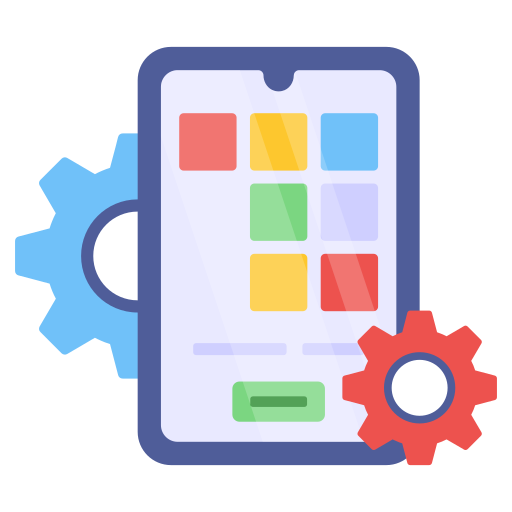 App Development
App Development Business & Startup
Business & Startup Hire Developer
Hire Developer
 Digital Marketing
Digital Marketing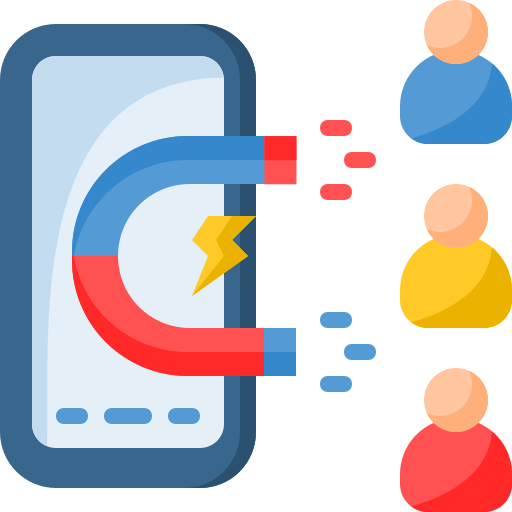 Lead-generation
Lead-generation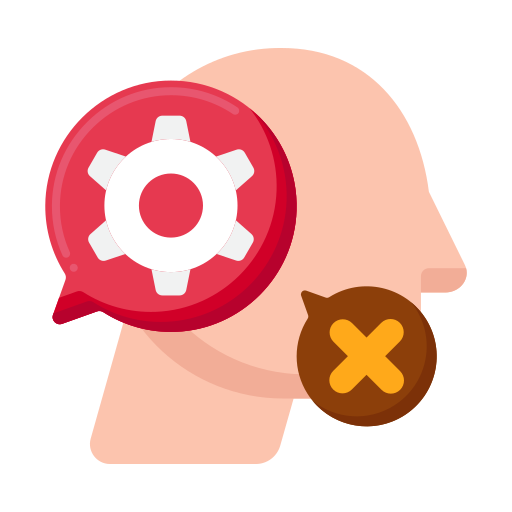 Creative Agency
Creative Agency Branding Agency
Branding Agency Augmented Reality
Augmented Reality Virtual Reality
Virtual Reality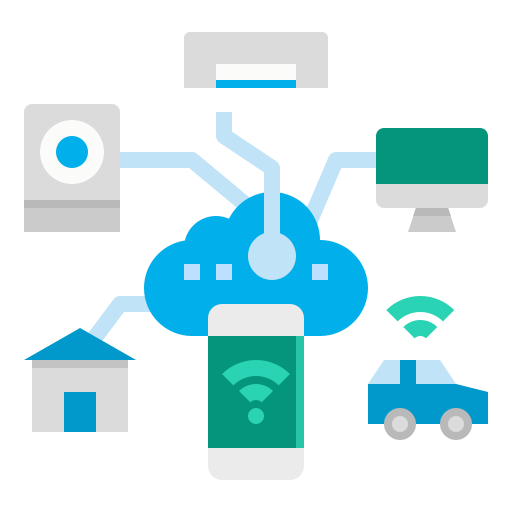 Internet of Things
Internet of Things Artificial Intelligence
Artificial Intelligence Blockchain
Blockchain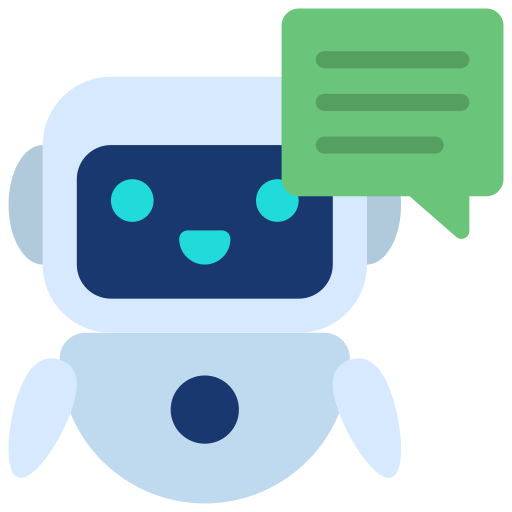 Chatbot
Chatbot